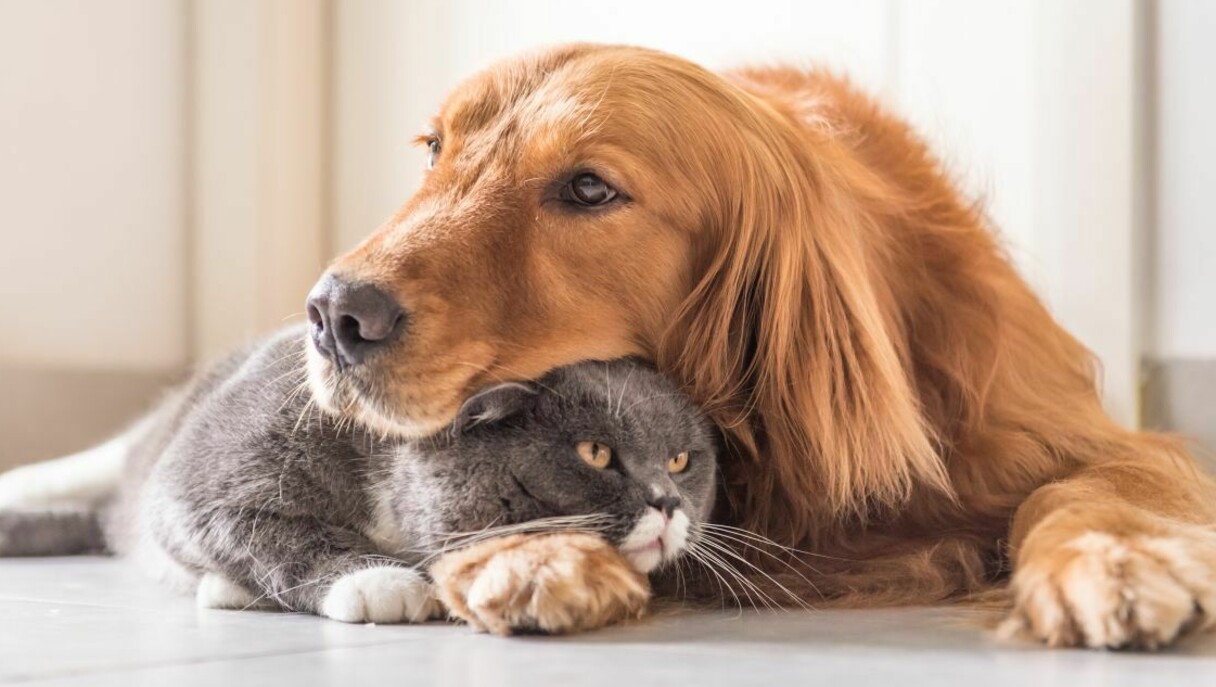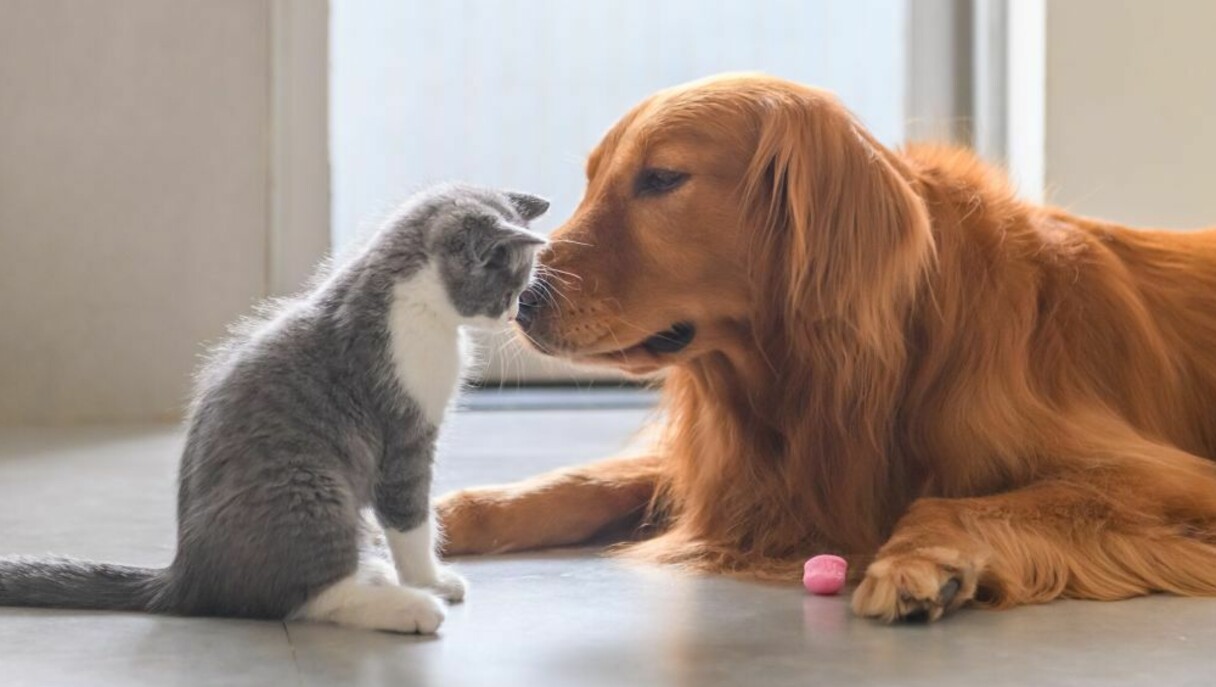Blog

If you are in any way involved in online water quality monitoring at your utility or water board, and the water laboratory is not your BFF yet, I strongly advise you to invest in that relationship. This may sound strange coming from someone who is running a platform to advocate the use of sensors in the water industry, but please hear me out.
If you are indeed involved in the sensor technologies at your water utility or water board, you may be thinking: “Why do I need anyone at all to help me, or tell me what to do? We understand our own processes better than anyone else, and we’re the ones who put them there in the first place. We have thought about it carefully, so we know what we are doing.” You are correct. But tell me honestly: after the initial, exciting project phase, when the sensors move to the routine operations phase, are you still as motivated to keep those sensors up and running? If you have to choose between fixing a pipe breach in the network or cleaning some sensors, which one gets priority?
Having worked with various (waste-)water utilities and seen how their operators and engineers deal with their (generally high) workload, I think it is safe to say that, for a lot of them, routine sensor maintenance is not at the top of the list of the most favourite tasks. Once sensors have been installed, they are expected to do what they are supposed to do, preferably with as little hassle as possible. When they do, maintenance is a bit of a chore, but when they don’t, it can turn into a frustrating, time-consuming nightmare. Nobody volunteers for that task.
As a result, sensors in operation do not always receive the attention they deserve. And when they are not cared for properly, the quality of the monitoring data suffers. Which results in even less motivation to look after a sensor. If it doesn’t provide reliable information anyway, why bother at all?
And this is where your best friend comes in. Friends help each other, and support you when you need them most. When it comes to keeping sensors operational and ensuring they deliver reliable and actionable data, your local water laboratory really is the best friend you can imagine. Here’s why.
#1 Laboratory staff is used to working with fiddly equipment
Sensors and analysers can be incredibly fiddly equipment sometimes, especially the more complex types of analysers such as e.g. online biomonitors. When working on a rather complex sensor system at a water utility, I once asked a treatment engineer if he could find me a new pump. He told me he was a pump expert and could get me anything I needed. Until I told him I needed it to pump about 100 ml of liquid per hour. “That’s not a pump”, he said. Where he came from, pumps easily pumped a million times that amount. Different worlds…
Laboratory staff is used to handling such delicate equipment. They do it every day with instruments that are even more complex (and more expensive) than the average sensor or analyser. This kind of experience should not be underestimated, as it can really mean the difference between a functioning sensor and a useless piece of electronics. So, you can rest assured that your equipment will be in good hands with your friends.
#2 Sensors need calibration
Every now and then, you need to establish whether your sensors are still operating within a certain bandwidth of accuracy. A calibration procedure helps to adjust sensors showing drift, but this can be a laborious task. Water laboratories have lots of equipment themselves and are routinely skilled at performing calibrations of all sorts, so it really is no bother at all to calibrate your sensors, too. Happy to help.
#3 Quality control procedures improve data quality
The benefits of data-driven analyses include a better understanding of treatment performance and more informed decision-making for (process) optimisation. Using low-quality, unrepresentative data as input can produce bad decisions as output, following the garbage-in-garbage-out principle. Transparency regarding the quality of data is essential for generating trust and confidence in data-driven decisions, however big or small. Quality control procedures offer a wide range of tools to gain insight into the quality of monitoring data collected by sensor technologies, such as e.g. round-robin tests. Sensor systems can be tested by comparing them to an independent (e.g. laboratory) measurement to determine if the results are similar. Your friends at the water laboratory often work according to ISO 17025 standards and are thus intimately familiar with all imaginable quality control procedures for water quality testing. This means they are in an excellent position to support and implement quality control procedures which ensure the accuracy and reliability of the data collected by sensors. So that you can be sure to take the right decisions on the basis of representative data.
#4 Aligned and coherent monitoring programmes based on sensor readings and laboratory analyses are most effective and cost-efficient
Keeping track of all monitoring requirements related to routine programmes and ad-hoc projects in a rapidly changing environment is not an easy task. With the introduction of risk-based monitoring schemes in the European Drinking Water Directive, establishing a fit-for-purpose and coherent water quality monitoring programme has become even more of a challenge than it used to be. Fixed lists of compliance parameters stipulated by European or national legislation are replaced by utility-specific monitoring programmes based on the outcomes of recurring risk assessments and risk management procedures. Parameters and monitoring frequencies change over time, and compliance checking is no longer limited to monitoring at the tap.
Water quality monitoring is not a matter of either laboratory analysis or sensor measurements. For each water quality challenge, it is important to find the most appropriate monitoring solution. If the dynamics are fast (seconds or minutes), sensors are preferred when available. When online sensors are not viable, e.g. for certain parameters such as pesticides or other micropollutants, laboratory data can be the analytical solution of choice.
A well-aligned and coherent monitoring programme takes all this into account and provides tailor-made solutions for every parameter and situation, with as little overlap or redundancy as possible, while ensuring all required information is collected. This makes for effective and cost-efficient monitoring programmes.
Water laboratories are like close friends here as well: closely involved enough in your life to know you and your ambitions well, but at the same time able to put things into perspective for you when you yourself are too closely involved to keep an overview. And as with close friends: you are responsible for taking decisions about your own life (or in this case: your own utility), but it doesn’t hurt to listen to some friendly advice when doing so.

#5 The water laboratory is already there
Your friends at the water laboratory visit your utility regularly to take samples. While they are already there, they can just as easily clean and calibrate your sensors. They know their way around, and do not need supervision. This means you can focus on your own tasks, while they focus on theirs.
Are there any downsides at all?
Well, of course, there are. Friends want you to be happy and successful, and will do whatever they can to help you achieve your goals. But yes, you will have occasional fights over matters such as who does what and why things have or haven’t been done a particular way. That’s ok. That’s what friends do. Real friends will sometimes tell each other things they do not wish to hear, but this allows both to grow and flourish. As always, communication is key. Difficulties and misunderstandings can be overcome by means of open communication. Flexibility is essential on both sides to arrive at a mutually beneficial and pleasant collaboration, based on shared goals and responsibilities.
Now, you may wonder a little whether your friends at the water laboratory are fully skilled and experienced enough to deal with all things to do with sensors. After all, they come from an analytical background, and sensor technologies could potentially form a threat to their way of life if their deployment leads to a reduction in sampling and analysis. Why would your friends involve themselves with technologies potentially damaging to their own business model? Here is where we at Sensileau come in.

Consider us a friend of a friend. We, too, would like to see our friends be happy and achieve their goals. Through close collaboration, we combine all we know about sensor technologies and online monitoring with their expertise on sampling, analysis and quality control, and together, we can provide everything necessary for an effective, cost-efficient and coherent water quality monitoring programme, combining the best of both online and offline monitoring.
Now that you have read all this, I hope you will agree with me that the water laboratory really is your best friend when using sensor technologies in your water process. And things will get even better still.
